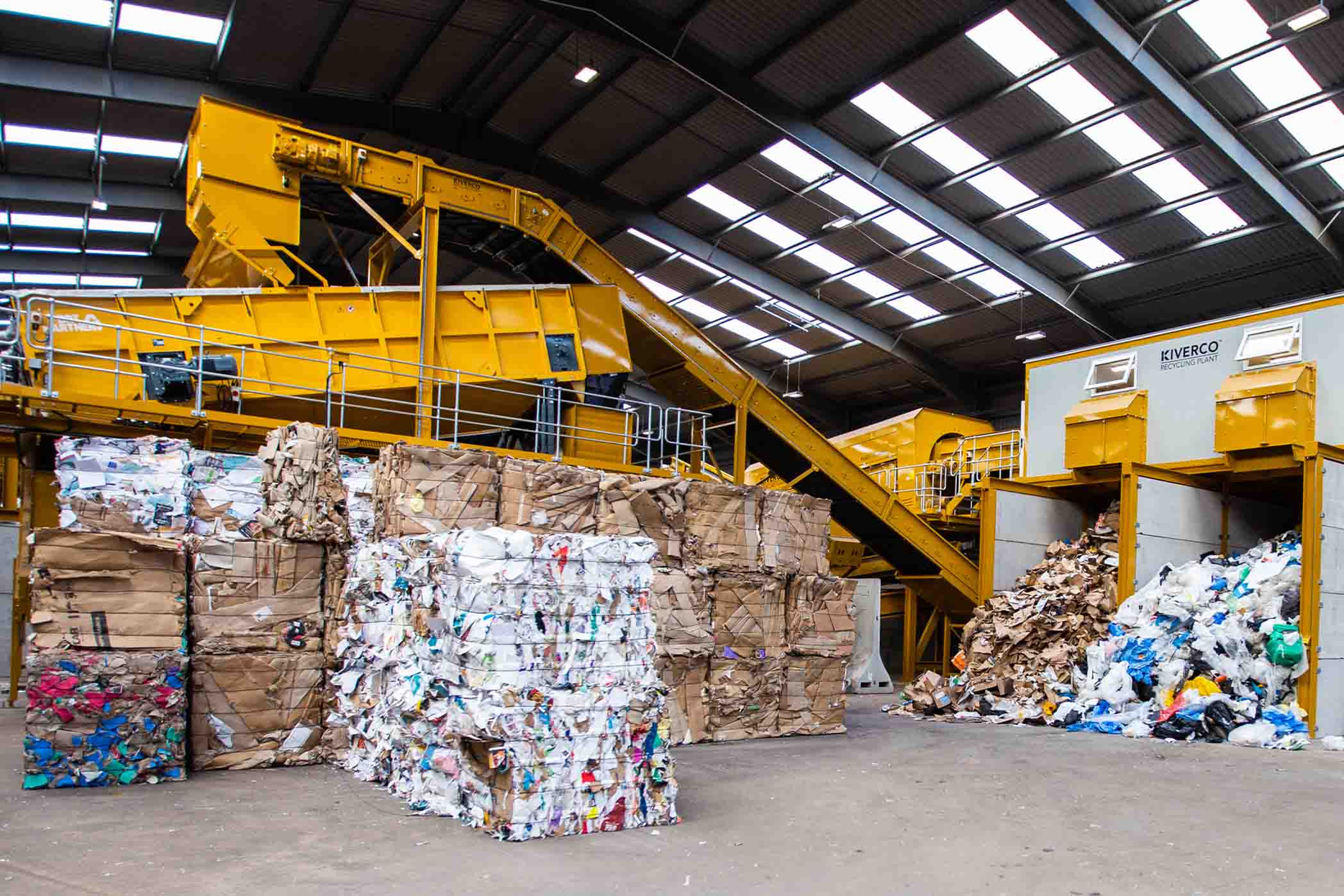How do you assess Latvia’s economic growth?

Four key points are behind Latvia’s economic growth; European Funds, external situation, accumulation of private savings and rising income levels. Income levels have increased 5% in the past three years. This has been a very active base for private consumption. In addition, the private sector has large amounts in deposits. One of the most important impulses behind Latvia’s current economic growth is the second cycle of European fund investments. It is a fundamental stimulus. Despite the overall political unpredictability and uncertainty, the economy is showing fantastic growth in all markets. Specifically in the export market. The combinations of these factors will continue to boost Latvia’s GDP between 3% to 5%.
What challenges is Latvia’s economy currently facing?
We see important problems moving forward. Four main challenges the ministry of economics of Latvia has on the portfolio are boosting productivity, growing exports, attracting investment and developing human capital.
Productivity will continue to be a major challenge, even though it is a global issue, it affects Latvia directly. In real prices, if we look at 2012-2016 and compare average European productivity levels we see Latvia stuck around 43%. Very little has developed in the economic structure, and it needs a fundamental change. Latvia will implement the European Commission suggestion to create a productivity board, and it will be created in 2018. Within Latvia, we foment industry debate to discuss needed improvements to the economy openly. Industry discussions help the government understand what could be implemented into governmental programs in order to improve the structure of the market and a sectors competitiveness. For example, thanks to industry discussion the construction standard in Latvia could soon change to allow building higher buildings.
Latvian exports are another crucial part of the development of the nation. The nation’s population is comparatively small showcasing the need to grow exports. Our industries could be better integrated into global value chains. While exports of services and goods accounted for nearly 57.9% of GDP, our strategy is to increase this to 80%. To achieve this jump, all industry discussions will focus on efficiency, innovation, and ways of better integrating Latvian products into global markets.
The attraction of investment has been a challenge for Latvia. Latvia had a dramatic fall during 2016 due to two fundamental reasons. The first being the geopolitical situation which has largely been settled. The second is trying to avoid the national middle-income trap. It is cyclical, the equalization effects with the European economy are increasing the desire of the population for higher wages. The Latvian economy in part is no longer interested in providing cheap labor. In order to boost investment, Latvia in 2016 adopted a new startup law which has helped quickly change the structure of the economy. This law has different schemes. One is the classic start-up definition of fast-growing technical enterprise. Start-ups in this segment able to attract over EUR 30 000 from investors per year can apply for a special tax regime. In addition, they have the ability to apply for special labor startup visas for non-European employees and state subsidies for external labor. We were very reliant on external investment and are now balancing this by attracting local investors as well. In order to attract investors and increase investment, we are looking to introduce a tax reform which would include a zero taxation on reinvested profits. We are also working to further develop Latvia’s capital market.
The third challenge for Latvia’s economic growth is the development of human capital which is a complex priority for the government. The ministries of education, welfare and economy are working together to create an employment council. We have a deficit of engineers and biotechnology experts at the moment. Within the ICT sector, we have a deficit of nearly 10 000 people.
Latvia is working on further improving its education sector to meet the needs of the market. This first implies ensuring sufficient qualified students reach these required educational segments. Second, and more importantly, as qualified labor tends to emigrate, Latvia is working on retaining its labor force and preventing the brain drain effect. Solving these issues will in part aid Latvia in tackling the human capital and productivity issues.
























